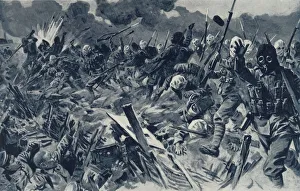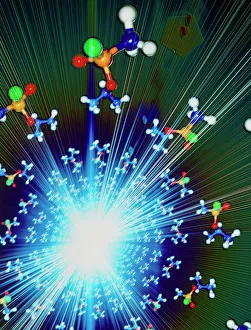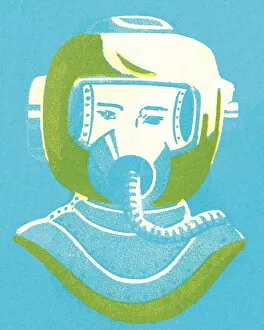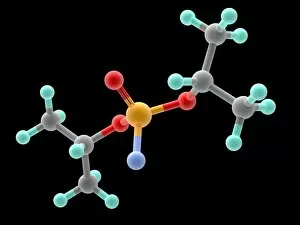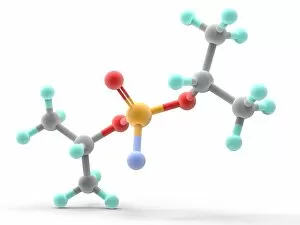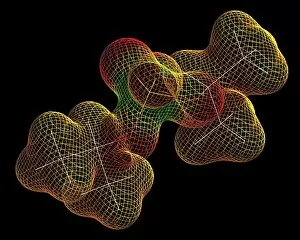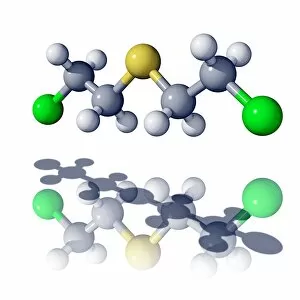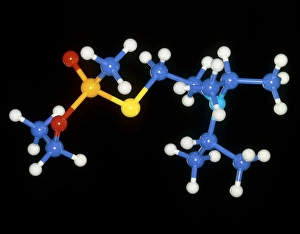Chemical Weapon Collection
"Unleashing the Horror: The Devastating Legacy of Chemical Weapons" In the midst of the chaos and brutality of World War I
All Professionally Made to Order for Quick Shipping
"Unleashing the Horror: The Devastating Legacy of Chemical Weapons" In the midst of the chaos and brutality of World War I, a new form of warfare emerged that would forever change the face of conflict. Hooded British Territorials charging the German trenches at Loos on September 25th, 1915, marked a pivotal moment in history - it was here that chemical weapons were first deployed on a large scale. The explosion of Sarin nerve gas molecules became synonymous with terror and destruction. This deadly substance infiltrated battlefields, leaving behind unimaginable suffering and death. Air Raid Precautions cigarette cards from 1938 depicted this looming threat, warning civilians about the potential horrors they might face. The haunting image of five-year-old Dos with blackened skin after being struck by a rocket fired by underwater gear serves as a stark reminder of how innocent lives were tragically affected by these insidious weapons. Allied victims temporarily blinded by poison gas found themselves helpless in French hospitals during this dark period. Artists like Louis Raemaekers captured the grim reality faced by soldiers who experienced slow asphyxiation due to chemical attacks. Gas alarms rang out across Loos, France during World War I as troops donned masks for protection against German gas shells. Even amidst their advances through Passchendaele in Ypres, Belgium, British soldiers had to navigate treacherous terrain contaminated with toxic gases. Gas protection measures implemented in France during 1915 demonstrated desperate attempts to shield soldiers from harm's way. However, even these precautions could not prevent horrifying scenes such as chlorine gas attacks witnessed during the Second Battle of Ypres in Belgium. Chemical weapons left an indelible mark on history - one filled with pain and devastation beyond measure. As we reflect upon these harrowing events from over a century ago, let us remember those who suffered and vow never to repeat such atrocities again.

